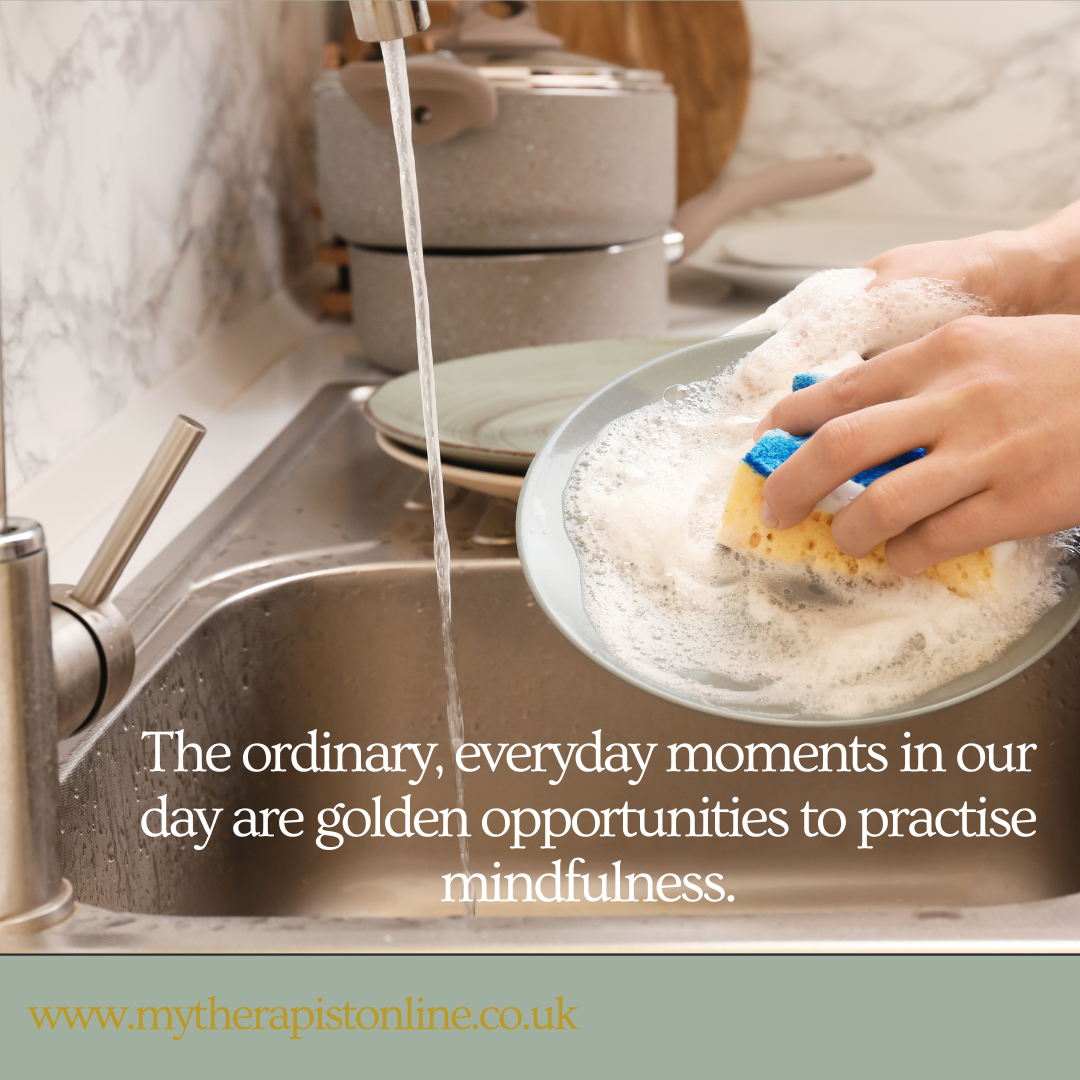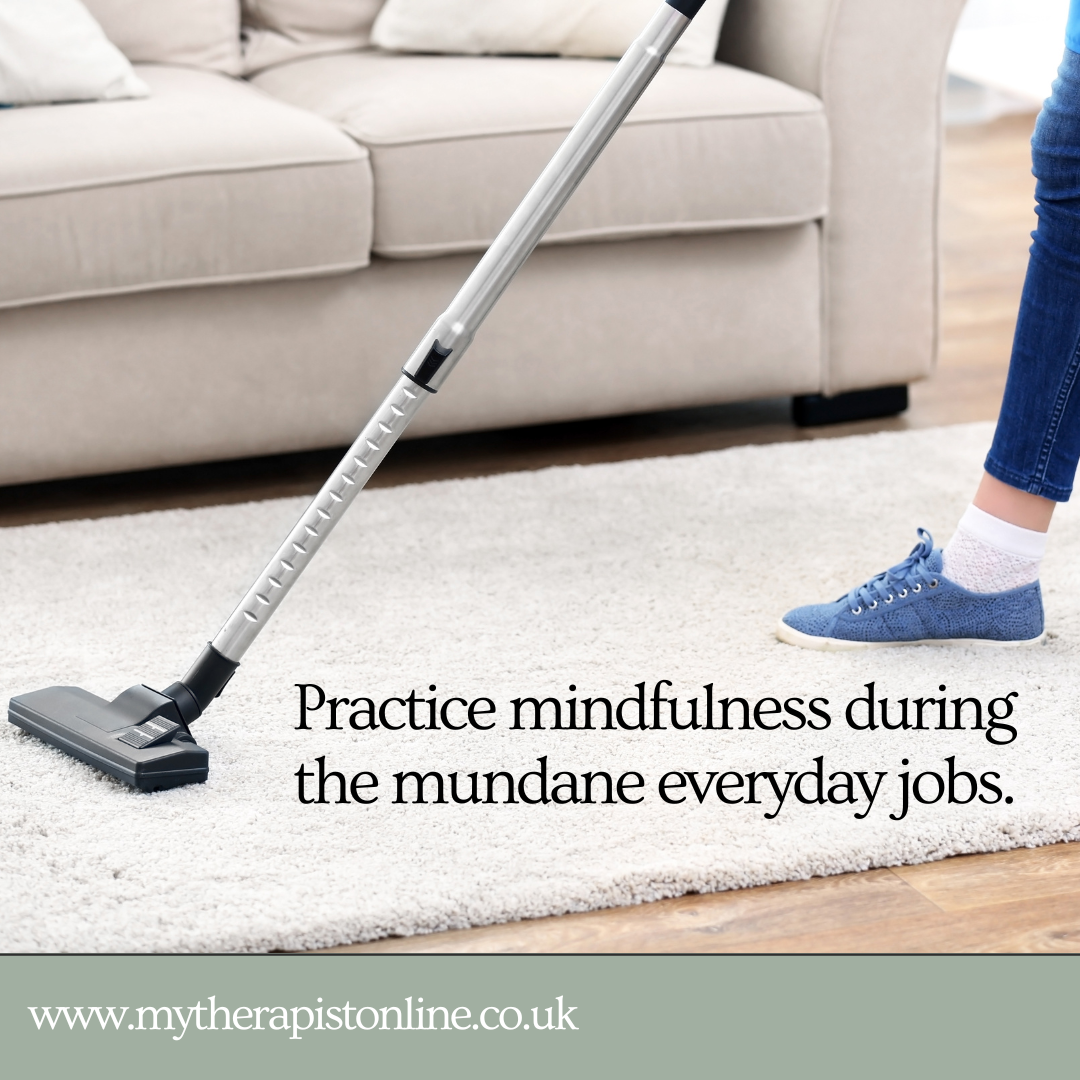Mindfulness has become a well-known and mainstream practice over the past decade, but in reality, it has been around for hundreds of years, rooted in Buddhist traditions. In the 1970s, research began to highlight its benefits in clinical settings, particularly for people living with chronic pain. Practitioners who taught present-focused strategies and mindfulness techniques saw transformational results in their clients.
Fast forward to today, and the growing evidence base has propelled mindfulness into everyday life and language. The benefits of mindfulness now reach far beyond the therapy room, supporting emotional well-being, reducing stress, and improving focus and resilience.
At My Therapist Online, our therapists can teach you mindfulness techniques and support you to apply them in a way that fits your daily routine. While mindfulness can be practised through longer meditation exercises, such as a 30 minute morning mindfulness meditation session, most of us simply do not have the time. From the moment we wake up, life can feel demanding. That is why weaving mindfulness into daily tasks is such a powerful and realistic way to experience the benefits.
Mindfulness in the Everyday: Turning Chores into Opportunities for Mindfulness Practice
Have you ever found yourself halfway through washing the dishes or ironing and realised you had no idea how you got there? Your hands were busy but your mind was somewhere else entirely. That is because so many of our daily routines run on autopilot.
The good news is that those very moments, the repetitive and ordinary ones, are golden opportunities to practise mindfulness. Think of it as giving your attention muscle a workout without adding a single extra task to your day.
Instead of switching off, bring your focus back to what you are doing. Notice the warmth of the water and the clang of pots when washing up. Pay attention to the smell of fresh laundry or the rhythm of your footsteps as you walk through the village or down the supermarket aisle. Even brushing your teeth can become a mindful moment if you tune in to the sound, sensations and movements.
It is not about making chores glamorous, but about transforming them into mini attention training sessions. Each time your mind wanders, and it will, you gently bring it back to the task in front of you. That is mindfulness in action.
Your Attention Workout: Using Your Senses as Anchors
Once you have chosen an everyday task such as washing up, folding laundry or brushing your teeth, the practice begins. Think of it like repetitions at the gym. Every time your mind drifts, you bring it back to the present task. No judgment, no frustration, just a reset.
Your senses can act as anchors to help you stay present:
Touch: Notice textures. Rough, smooth, warm, cold. Feel the slipperiness of soapy dishes or the pull of fabric as you fold clothes.
Sight: Really look at what is in front of you. Colours, shapes, light and shadows. The ordinary can often look different when you pay attention.
Hearing: Tune into the soundtrack around you. The hum of the hoover, the clink of cutlery, the fizz of toothpaste.
Smell: Scents can ground you in the moment. Fresh laundry powder, earthy soil in the garden, or the sharp mint of toothpaste.
Taste: If you are eating, this one is obvious. But even a glass of water or toothpaste foam can become an exploration of flavour.
You do not need to analyse anything, simply notice. And when your mind inevitably wanders (which it very often will, and which is totally normal), use one of these sensory anchors to bring your focus back. Over time, these small moments of mindfulness strengthen your attention, reduce stress and support a calmer mind without needing more time in your day.
A Day in the Life: Everyday Mindfulness in Action
Take the example of a 44-year-old woman who works from home (this is actually me, the author, reflecting on how I interweave it into my busy life to help me!), has two school-age children, a dog, and a busy social life full of school runs, clubs and commitments. Her days are packed, but mindfulness still has a place. Here is how:
Morning dog walk: Instead of rushing, she notices the rhythm of her steps, the feel of the air, and the sights and sounds around her.
School run: While driving she brings her attention to her breath, steadying it slowly in and out. This shows her that whether driving, walking or sitting in a meeting, her breath can always bring her back to the present.
Between meetings:, She sees the breakfast dishes in the sink. As she washes them, she tunes into the warmth of the water, the sound of bubbles and the clink of plates. When her mind drifts to her to-do list, she gently returns to the sensations in front of her.
In each of these moments she is training her mind to stay anchored in the present, creating pockets of calm and awareness amidst her busy day.
Task Focused Mindfulness: Small Acts, Big Impact
Task focused mindfulness allows us to turn ordinary routines into opportunities for grounding, clarity and calm. Next time you are hoovering, weeding the garden or sitting down to eat, see if you can turn it into a mindful act.
These small moments of mindfulness add up. Over time they help you feel more centred, calmer and more able to focus when it really matters.
Written by:
Lisa is an Accredited Cognitive Behavioural Therapist and EMDR Therapist with over 20 years of clinical experience and specialist expertise in treating anxiety-related conditions. She spent seven years at the renowned National Anxiety Disorders Service at Bethlem Royal Hospital, working alongside Professor David Veale, and has been delivering highly effective online therapy since 2012. Lisa specialises in the treatment of OCD, BDD, and Emetophobia, and is passionate about providing compassionate, evidence-based therapy that fits around people’s lives.





